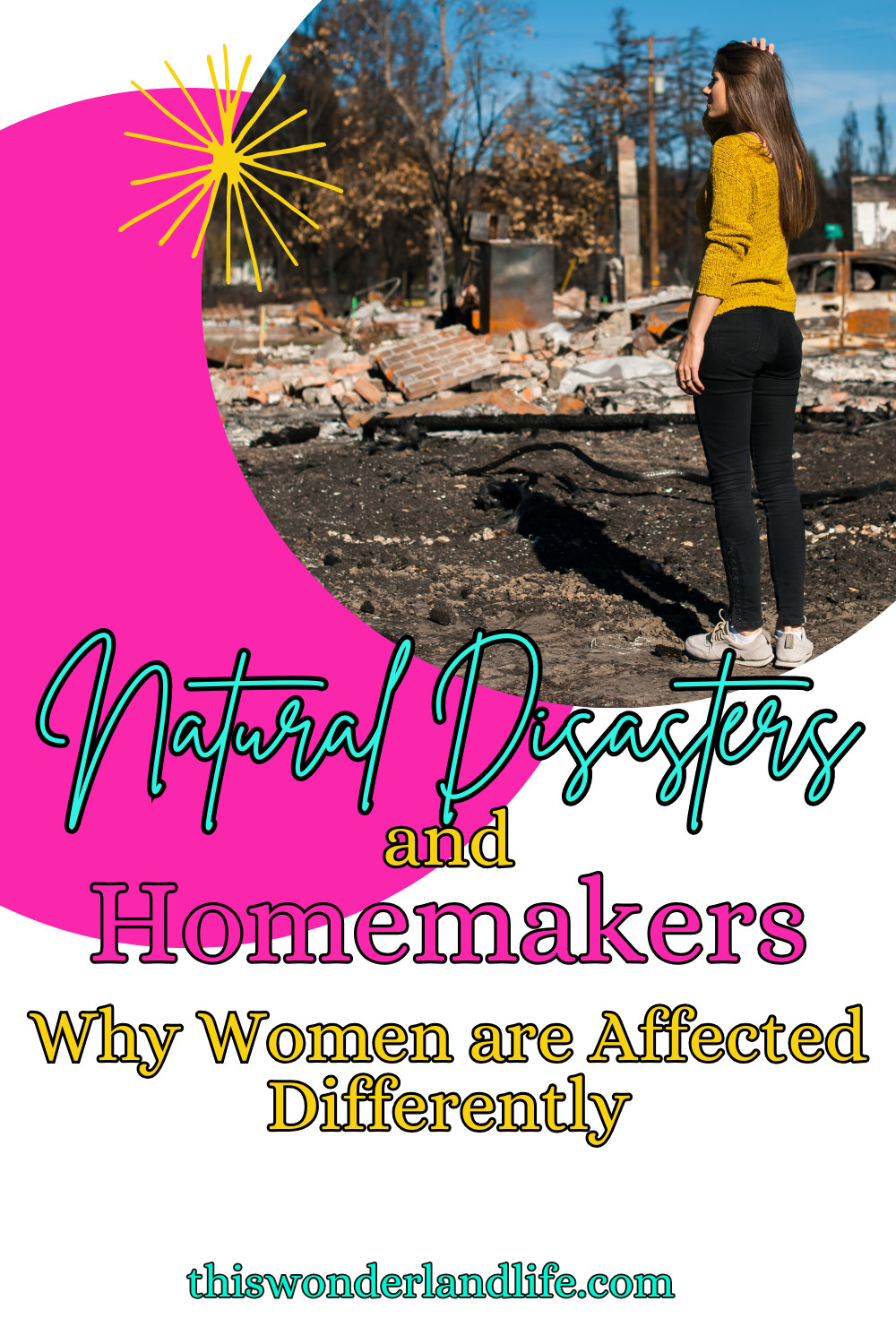Blog Title: How to Prep for Disasters: A Guide for Women Seeking Traditional Roles in Marriage
Blog Introduction:
It’s not easy to think about the worst-case scenario. But when it comes to natural disasters, it’s important to be prepared for anything. As women who are seeking traditional roles in marriage, it is important to understand how to prepare for disasters and protect your family. Whether it’s a storm, earthquake, or fire, it’s critical to have a plan in place. In this blog post, we will provide some tips for how to start prepping for disasters.
Blog Body:
Make a Communication Plan
The first and most important step in disaster prepping is to create a communication plan with your family. In the event of a disaster, it is common for cell phone towers to go down, and it can be difficult to reach loved ones. That’s why it’s essential to establish a communication plan beforehand. Discuss which family members to contact in an emergency and have a designated meeting spot in case you get separated.
Gather Supplies
One of the most important steps in prepping for a disaster is gathering necessary supplies. It’s critical to have enough food, water, and medicine to last for several days. Create a list of essential items that you will need, such as batteries, flashlights, a radio, and a first aid kit. Make sure to include items for your children and pets as well.
Protect Your Home
Protecting your home is an essential part of disaster prep. We recommend taking steps to make your home more resilient to natural disasters. For example, consider installing storm shutters, reinforcing your roof, or trimming trees that could potentially fall on your house. It’s also a good idea to familiarize yourself with your homeowners' insurance policy to ensure that you’re adequately covered.
Develop Life Skills
Having essential life skills can be incredibly helpful during a disaster. We recommend taking courses on basic home repairs, camping, cooking, and first aid. These skills can help you prepare for a disaster and may even come in handy in everyday life.
Build a Support Network
The final step in disaster prepping is building a support network. Consider joining a community group or volunteering for emergency response organizations. It’s also a good idea to have a friend or family member who lives outside of your city who you can reach out to if you need to evacuate.
Conclusion:
Preparing for a disaster can be challenging, but it’s essential to protect yourself and your family. As women seeking traditional roles in marriage, taking steps to prep for disasters can provide peace of mind and ensure that you’re ready for anything. Remember to create a communication plan, gather necessary supplies, protect your home, develop essential life skills, and build a support network. By taking these steps, you can ensure that you’re prepared for anything life throws your way.
Blog Title: 10 Must-Haves in Your Survival Kit
Blog Introduction:
Hey there, lovely ladies! It's time to put on our survival hats because today's topic is all about emergency situations where you have to be your own savior. Whether you are the busy mom that runs the household or if you're in a dangerous situation and you need to have everything at your fingertips, you need to be prepared.
Today, we will be discussing the top 10 items that must be in your survival kit. These items will give you practical help in such situations and peace of mind that you are prepared for anything life throws at you. So, get ready to fill your kit with these must-haves!
Blog Body:
First Aid Kit:
In any emergency situation, a first aid kit is always of use to stop bleeding and prevent infections. Bandages, antiseptic ointments, tweezers, and pain relievers, must be present in the kit.
Portable Charger:
It is very important to have a portable charger as a part of your survival kit. In emergency situations, your phone is your lifeline, so it must be charged. Be sure to have a strong, durable, and portable charger so you can recharge your phone in any situation.
Water Filter:
Water is life, and you'll need plenty of it in any emergency. Your survival kit must have a water filter that can provide you clean water anytime, anywhere. There are various brands out there that offer a compact and portable option to filter water.
Food:
Snacks that have long shelf lives like jerky, energy bars, trail mix, and crackers are must-haves in your survival kit. They come in handy when you need to activate your survival mode or when you're in a survival situation.
Swiss Army Knife:
You might encounter obstacles that require cutting or prying. A Swiss Army knife is an all-in-one tool that can solve these kinds of problems. It features a saw, scissors, bottle opener, and a reliable blade for cutting through various obstacles.
Rope:
In an emergency situation, rope can come in handy. You can use it as a clothesline, create a makeshift shelter, or use it in setting traps to catch food. Cordage is an important asset for any survival kit, and it has multiple uses.
Flashlight:
Wherever you are, and whatever the situation entails, light is necessary. A flashlight will give you visibility in a dark area or in the event of a power outage. Be sure to have extra batteries too.
Firestarter:
You'll need a firestarter in your kit to have heat, cook food, boil water, and keep yourself warm. You can keep matches in your kit as well, but a firestarter like a magnesium block or flint rod is recommended.
Navigation Tool:
You might get lost in a survival situation or natural disaster. A navigation tool, such as a compass or map, can help you find your way. These simple tools can help you go in the right direction towards safety.
Extra Clothes:
Another essential item for your survival kit is an extra set of clothes. Wear clothes that can protect you from the surroundings with long sleeves, long pants, and closed-toed shoes. The extra set can keep you warm when it's cold or protect you from rain when it's wet.
Conclusion:
Now that you have read about the essentials you must have in your survival kit, it's time to start building one. Being prepared for an emergency takes a bit of planning and foresight. As a traditional woman, it is always inspirational to be self-sufficient and take care of yourself and your family. Follow these tips and you'll be able to handle whatever life throws your way with confidence and strength. Stay safe, ladies!
Explore why being prepared is crucial for modern traditional homemakers. Discover how preparedness brings peace of mind, encourages healthy habits, saves money, strengthens family relationships, and helps deal with emergencies. Learn practical tips for staying prepared and ensuring your family's well-being and security in any situation.
Read more...
Discover the transformative potential of empowering traditional homemakers to become instrumental figures in disaster resilience efforts. Delve into the multifaceted roles that women adeptly undertake, safeguarding families and communities with their resilience, resourcefulness, and unwavering commitment during challenging times of crisis.
Read more...
Discover how natural disasters impact women differently, considering factors like access to resources, caregiving roles, and safety concerns. Explore practical steps homemakers can take, such as creating emergency kits, developing evacuation plans, and staying informed through reliable sources. By prioritizing safety measures, mental well-being, and financial preparedness, families can navigate crises with resilience and confidence.
Read more...







